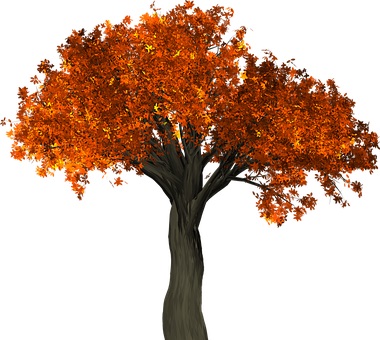The Great Perfection itself is deemed supramundane, but our motivation for practicing it or listening to its teachings could turn it into a mundane practice instead. If our motivation were to gain benefits in this or next life, the teaching of the Great Perfection would cease to be supramundane upon entering our mindstream; it would not even be a Mahayana practice. What would it be then? It would just be a mundane practice, or, a practice of mundane Great Perfection.
~Depicted from THE RIGHT VIEW - The Three Differences











